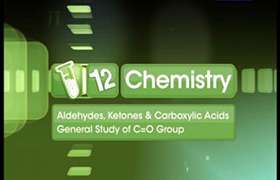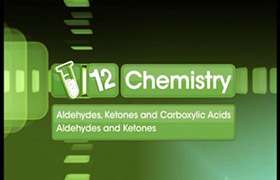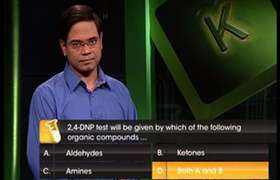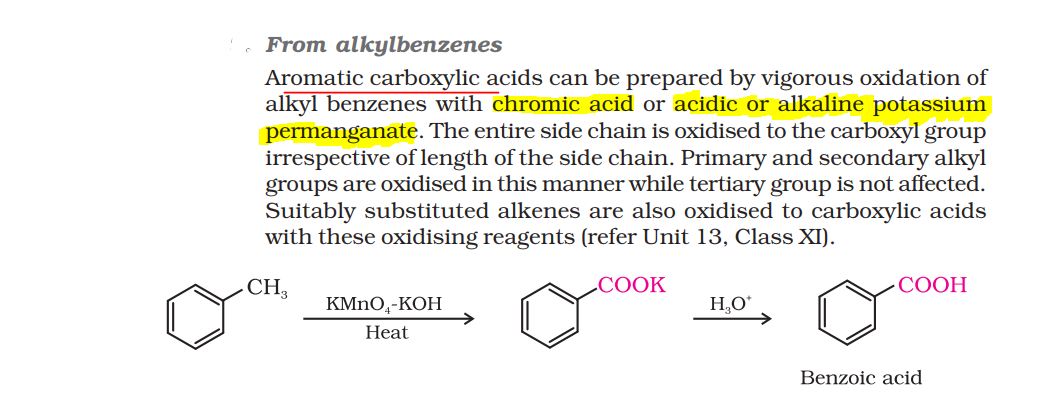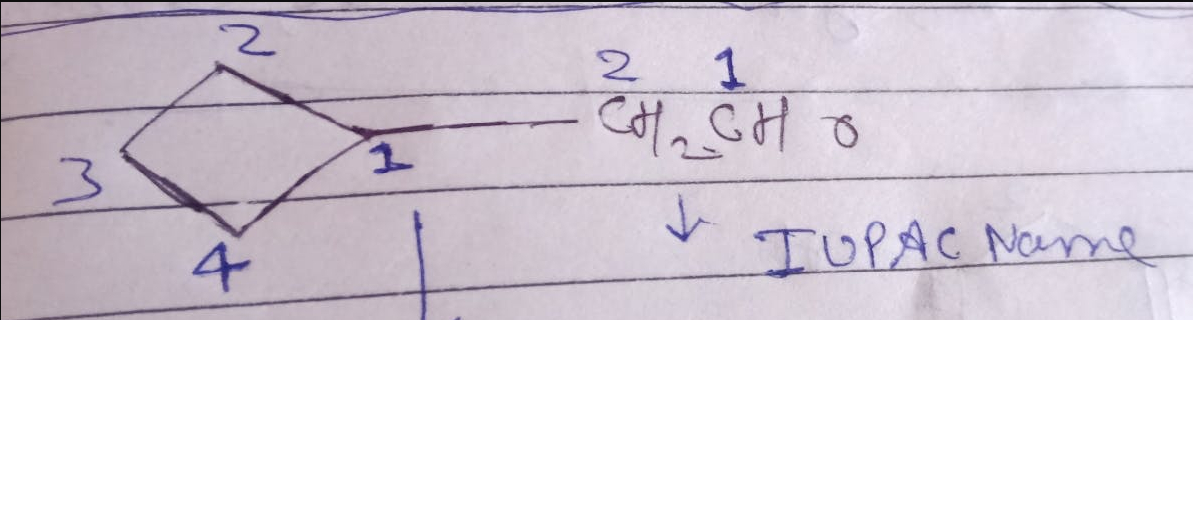CBSE Class 12-science Answered
how to identify the electrophile and nucleophile in cross aldol process ? also please explain aldol and cross aldol condensation in detail.
Asked by | 03 Jan, 2013, 02:24: PM
Alkyl groups are electron donating (whereas hydrogen atoms aren't). A ketone has 2 alkyl groups attached to the carbonyl carbon, but an aldehyde has only 1 alkyl group attached to its carbonyl carbon. This gives the aldehyde carbon more positive charge character, which makes it a better electrophile than the ketone. Another factor is less stearic hindrence for carbonyl carbon of aldehyde as compare to ketones.
An aldol condensation is an organic reaction in which an enol or an enolate ion reacts with a carbonyl compound to form a ?-hydroxyaldehyde or ?-hydroxyketone, followed by adehydration to give a conjugated enone.

Aldol condensations are important in organic synthesis, providing a good way to form carboncarbon bonds.
The reactions between a ketone and a carbonyl compound lacking an alpha-Hydrogen is known as Cross Aldol condensation or Claisen-Schmidt condensation.
Answered by | 04 Jan, 2013, 03:45: PM
Concept Videos
CBSE 12-science - Chemistry
Asked by ukg8612 | 15 Apr, 2024, 07:36: PM
CBSE 12-science - Chemistry
Asked by ajayarchi | 08 Feb, 2024, 03:43: AM
CBSE 12-science - Chemistry
Asked by pallasriramulu9 | 24 Dec, 2023, 06:05: AM
CBSE 12-science - Chemistry
Asked by bsaheliya | 22 Dec, 2023, 09:53: PM
CBSE 12-science - Chemistry
Asked by ygarg8323 | 18 Apr, 2022, 12:47: PM
CBSE 12-science - Chemistry
Asked by kaziryan.05 | 30 Jun, 2021, 04:52: PM
CBSE 12-science - Chemistry
Asked by kaziryan.05 | 29 Jun, 2021, 08:36: AM
CBSE 12-science - Chemistry
Asked by kaziryan.05 | 28 Jun, 2021, 02:34: PM
CBSE 12-science - Chemistry
Asked by saimerala007 | 22 May, 2021, 02:08: PM
CBSE 12-science - Chemistry
Asked by amitkumar.cis | 31 Dec, 2020, 10:45: AM

